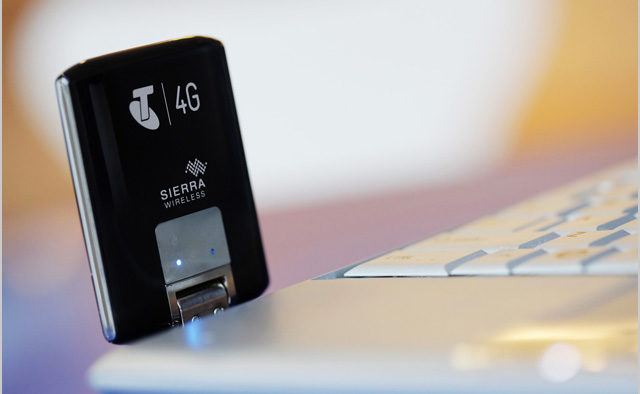Mobile speeds up; marketers must follow
Share

So the 4G network is finally in Australia, with Telstra announcing the launch of its 4G mobile technology earlier this month. Tech-savvy communities are cheering about this leap, and for smartphone users with Telstra, this means faster downloading and uploading speeds. No more delays on Skype, or getting bored with waiting a good five minutes for a YouTube video to load on your phone.
From a marketing point of view though, does this new introduction make much of a difference?
According to the team at Tigerspike, a digital marketing company, the launch of 4G will bring about a more enjoyable mobile browsing experience to consumers, and marketers must take advantage of this.
“Similar to the introduction of broadband for fixed internet connectivity, Telstra’s 4G network will open up more data intensive and interactive experiences on mobile devices that support 4G. In particular it will allow customers to access HD video streaming and cloud based services such as music streaming, at speeds that they have come to expect from WiFi and fixed line ADSL,” says Oliver Palmer, co-founder and head of innovation at Tigerspike.
“Video consumption online is growing exponentially and with the launch of Telstra’s 4G network we would expect marketing communications via mobile to follow a similar pattern. Faster data speeds mean a much better user experience on compatible devices for data intensive services such as video and music streaming and as long as the price of data is not excessive, we will see companies start to take advantage of these services.”
According to Zac Jacobs, Tigerspike’s Melbourne general manager, marketers must now, more than ever, move away from sticking simply to traditional media and incorporate new media devices and platforms to their campaigns.
“Marketers need to be thinking about the impact of the mobile’s ‘third screen’ status challenging TV’s ‘first screen’ status and adding the holy grail of location/context/relevance to traditional media like broadcast advertising to trigger purchase intentions,” advises Jacobs.
“Further, as a challenge, if consumers are all suddenly consuming compelling content on the go, head down and ears enclosed – what are the implications for other media, like OOH marketing?
“In mature markets like Japan, we’ve already noticed the in-carriage ads of their commuter trains getting (if possible) more garish and loud in an effort to be noticed.”









